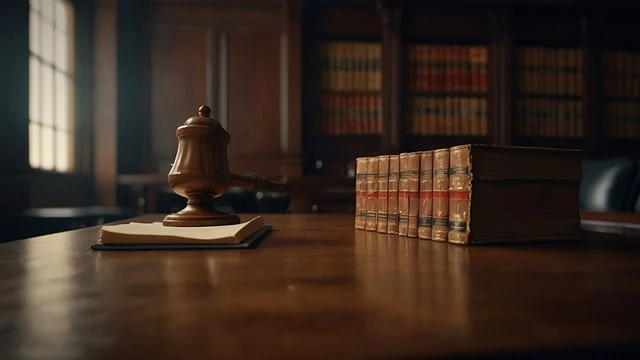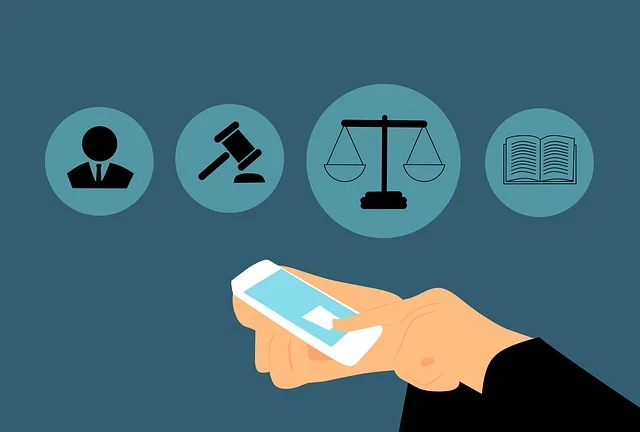Divorce is one of the most emotionally and legally challenging events that individuals face. Understanding the legal procedures involved can help ease the process, minimize misunderstandings, and ensure the best possible outcomes. This article provides a comprehensive guide to navigating the divorce process step-by-step, incorporating insights, statistics from 2025, and practical examples to give readers the clarity they need.

Divorce rates have fluctuated in recent years, with 2025 data revealing that approximately 42% of marriages end in divorce globally. Among these cases, a significant percentage result in legal disputes, particularly around asset division and child custody. Proper knowledge of the process can reduce such disputes and save time, money, and emotional stress.
The first step in the divorce process is deciding whether divorce is the right path. While this may seem straightforward, it requires thorough reflection. Seeking marriage counseling or mediation services before initiating legal action can provide clarity. In 2025, reports from family law firms indicate that couples who attempt mediation before filing for divorce are 30% more likely to have amicable separations. For instance, a couple struggling with financial disagreements might discover through counseling that their issues stem from poor communication rather than irreconcilable differences. Taking time to assess the situation ensures that both parties are fully prepared for what lies ahead.
Once the decision to divorce is made, the next step is understanding the grounds for divorce in your jurisdiction. Different countries and states have varying legal requirements for filing. In many places, no-fault divorce has become the norm, allowing couples to separate without assigning blame. However, some jurisdictions still recognize fault-based grounds such as adultery, abandonment, or cruelty. For example, in certain U.S. states, proving fault can impact spousal support decisions. Knowing the grounds applicable in your area is crucial for preparing your case.
After understanding the grounds for divorce, filing the necessary paperwork is the next step. This involves submitting a divorce petition or complaint to the court, which officially initiates the process. The petition typically includes basic information about the marriage, the reason for divorce, and any requests related to property division, custody, or support. In 2025, online filing systems have become more prevalent, allowing individuals to submit documents digitally. For instance, platforms like e-Divorce Filing in Australia have streamlined the process, making it more accessible. However, ensuring that the paperwork is accurate and complete is vital to avoid delays. Consulting a family lawyer during this phase can be highly beneficial.
Serving divorce papers to the other party is a mandatory legal requirement in most jurisdictions. This ensures that both spouses are aware of the legal action being taken. Depending on the laws of your location, this can be done personally, through a third party, or via certified mail. In contested divorces, disputes may arise during this step if the recipient refuses to accept the papers. For instance, in the United Kingdom, reports indicate that nearly 15% of divorce cases in 2025 experienced delays due to difficulties in serving papers. Hiring a professional process server can help mitigate such issues.

The discovery phase follows the filing and serving of divorce papers. During this stage, both parties exchange information about their finances, assets, debts, and other relevant matters. This phase is critical for determining fair division of property and setting support obligations. For example, in a case where one spouse is suspected of hiding assets, the discovery process may involve subpoenas, depositions, or forensic accounting to uncover the truth. Transparency and full disclosure are essential during this phase, as any attempt to conceal information can result in legal penalties.
Negotiation and settlement discussions are the next major step in the process. Many divorces are resolved through out-of-court settlements, where both parties agree on terms without going to trial. Mediation is a common method used during this stage, providing a neutral environment for discussions. In 2025, statistics indicate that over 70% of divorcing couples in the United States reached settlements through mediation, significantly reducing legal costs and emotional strain. For instance, a couple with conflicting views on child custody might work with a mediator to develop a co-parenting plan that suits both parties and prioritizes the child’s well-being.
If negotiations fail, the divorce case proceeds to trial. During the trial, a judge reviews evidence and hears arguments from both sides before making decisions on unresolved issues. Trials can be lengthy and expensive, with outcomes that are often unpredictable. For example, in a 2025 case in California, a contentious divorce trial over property division lasted over a year, costing both parties substantial legal fees. While trials are sometimes necessary, exploring all avenues for settlement beforehand is generally advisable.
Once all issues are resolved, either through settlement or trial, the court issues a divorce decree. This document finalizes the divorce and outlines the terms agreed upon or decided by the judge. The decree typically covers matters such as property division, custody arrangements, and support obligations. It is essential to review the decree thoroughly to ensure that it accurately reflects the agreed-upon terms. In some cases, post-divorce modifications may be necessary if circumstances change, such as a significant shift in income or relocation.
Emotional preparation is an often overlooked aspect of the divorce process. Divorce can be a profoundly stressful experience, and managing emotions effectively is crucial for navigating the legal and personal challenges involved. Engaging in self-care practices, seeking support from friends and family, and considering therapy can make a significant difference. For example, joining a support group for divorced individuals can provide a sense of community and shared understanding, helping individuals cope with the transition.
In conclusion, navigating the divorce process requires careful planning, legal knowledge, and emotional resilience. By understanding each step, from filing paperwork to finalizing the decree, individuals can approach their divorce with greater confidence and preparedness. Incorporating expert advice, utilizing resources like mediation, and prioritizing emotional well-being can make the process smoother and less daunting. For more insights and guidance on divorce-related topics, visit Reliefamily.com.

